All About Tillandsia Loveknot Care

Capitata x Streptophylla
Loveknot is a man-made hybrid of T. capitata and T. streptohylla. It is one of only a handful of air plants with a year-round, natural red color. It has an open rosette and if given enough light, blushes red.
Loveknots have long leaves that can both recurve and stand more upright. In my experience, these will recurve more if they are dry and are more upright when fully hydrated, similar to xerograhica and streptophylla.
The flowers are a purple-blue color and are relatively small. Loveknots don’t have the large, showy inflorescence that streptophyllas are known for. These are mostly grown for the colorful foliage.
As with other cultivators of capitata and streptophylla, it’s easy to care for and a great air plant for those wanting a colorful collector’s plant. Read on to learn more about caring for these air plants.
All About Caring for Tillandsia Loveknot
Capitata x streptophylla have great color so it’s easy to tell if your air plant is getting enough light. If the red color starts fading to peach or green, it needs more light. They can survive just fine without the red color but most people keep these plants for the color.
If it gets too dry, the leaves will start to fold inwards, recurve and the plant will deflate a little. Once it’s hydrated, the leaves will open, stand more upright and the plant will fill out. Check out our How to Water Air Plants Guide.
Read on to learn more about caring for Loveknot……

USDA Zone 11-12

Water Tillandsia Loveknot by soaking for 30 minutes to 1 hour once per week or mist 5-7 times per week. Always dry it upside down. If water gets caught in the base it will cause rot. Check out our in-depth guide for watering air plants.

These are larger growing air plants. Most will grow to 12+ inches tall and wide before blooming.

Loveknot needs bright indirect light to induce blushing. It can survive with lower light but will not maintain a red color. Often south and east-facing windows get the best light.

NO SOIL. Soil will kill most air plants.

The ideal humidity is 50% or higher. Loveknot can survive on less but they may need longer soaks if the air is dry.

Air plants are non-toxic and safe for children and pets.

Use an air plant specific fertilizer or dilute orchid fertilizer. The ideal ratio for Tillandsia is 16-9-25.

Propagate from pups and seeds.

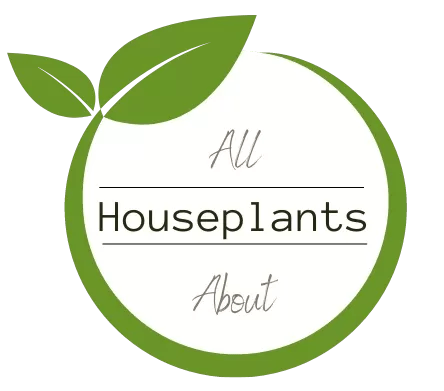




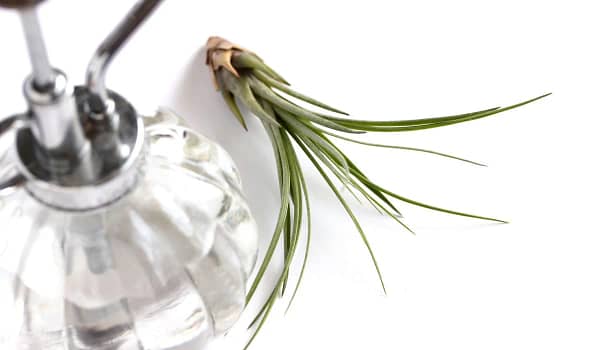

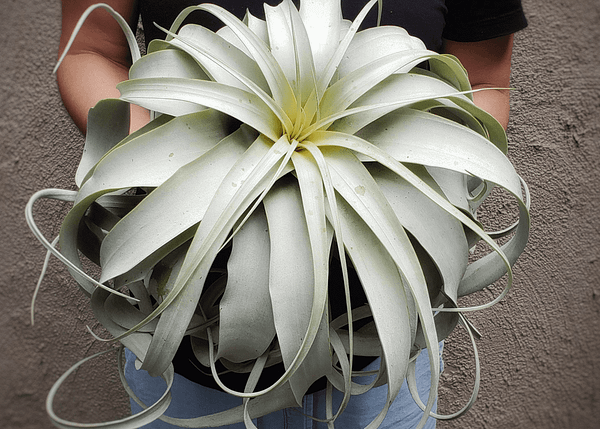
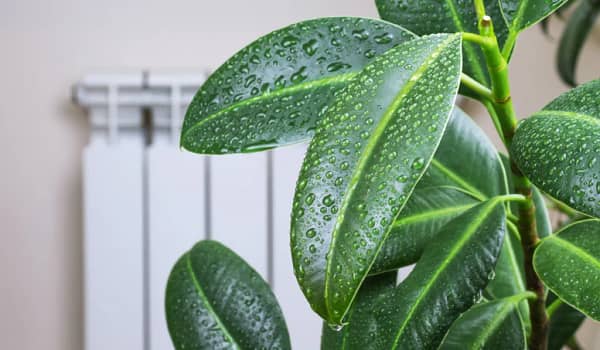
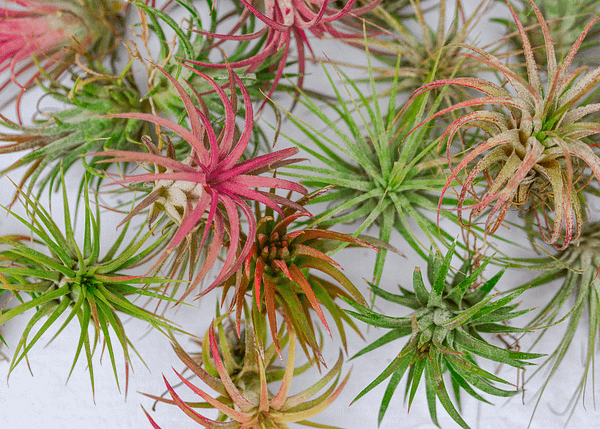
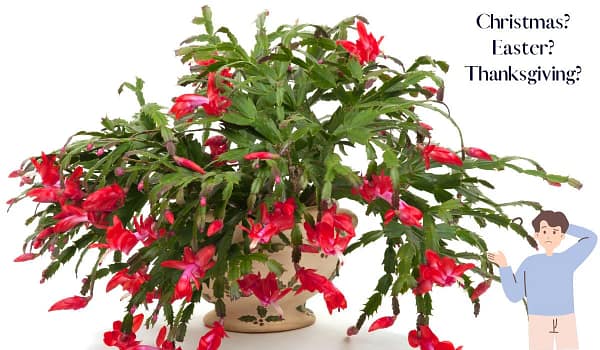
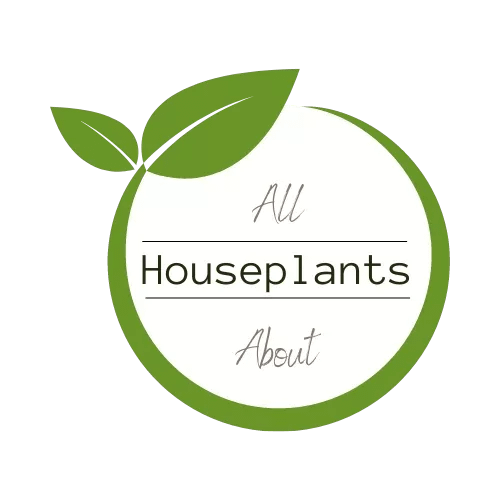

1 Response
[…] Learn more about Loveknot here. […]